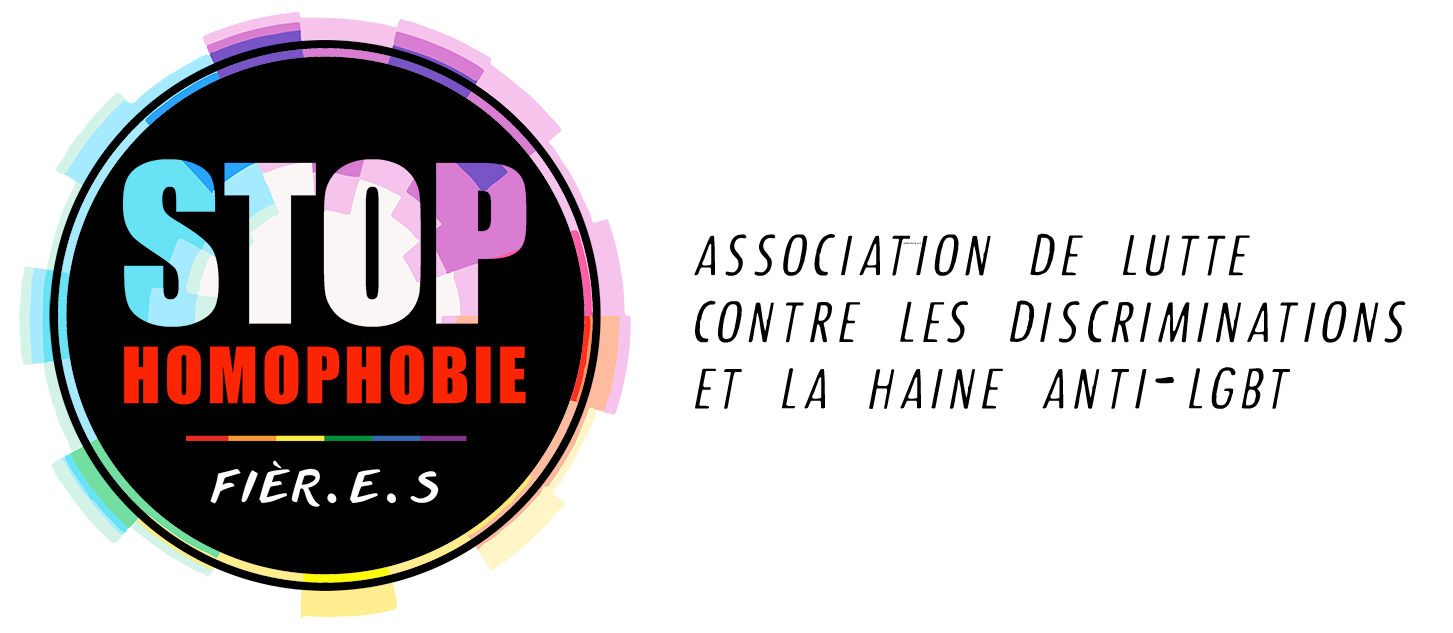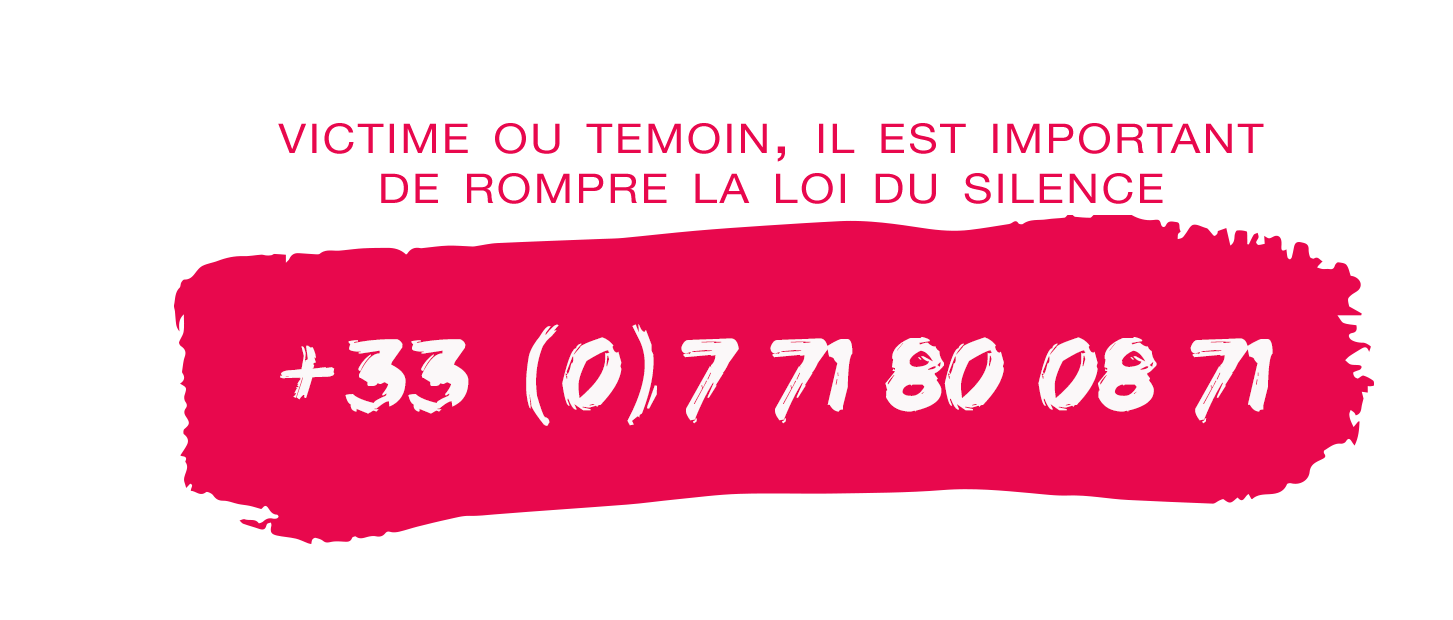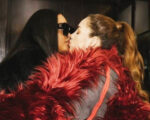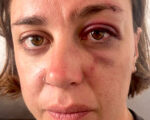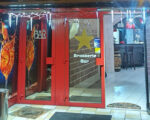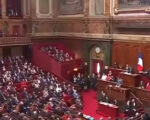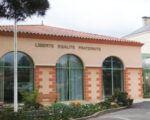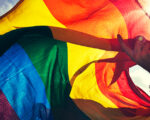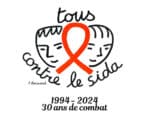>> Romantic opportunities appear to influence women’s sexual identities, but not men’s
[spacer]
Selon une étude menée par une sociologue américaine, qui vient d’être présentée par l’American Sociological Association et relayée par le site du magazine GQ : « Les femmes jolies, bien éduquées et sans enfants ont plus tendance à se revendiquer 100 % hétérosexuelles ». Ce qui revient donc à penser : que les femmes lesbiennes sont plus laides et moins instruites que les autres (!).
D’après l’auteure de l’étude, Elizabeth McClintock, professeure adjointe de sociologie à l’Université de Notre-Dame dans l’Indiana, « les résultats montrent que l’orientation sexuelle des femmes est peut-être plus souple et plus adaptable que celle des hommes ». Pour arriver à cette conclusion, la sociologue a suivi 5018 femmes et 4191 hommes de l’adolescence à l’âge adulte. Puis elle leur a demandé d’évaluer leur attirance sexuelle à quatre moments leurs vie : êtes-vous un peu, beaucoup ou passionnément, hétérosexuel, homosexuel, ou bien bisexuel ? Oui, ce qui intéressait Elizabeth McClintock, c’était quand même de savoir qui couche avec qui.
En parallèle, la sociologue a analysé les facteurs tels que le niveau d’éducation, l’attirance physique ou bien encore le fait d’avoir une grossesse tardive. Sa théorie ? Les femmes jolies, instruites et sans enfant sont davantage susceptibles de recevoir des « attentions romantiques » de la part des hommes. Davantage sollicitées que les femmes laides, peu instruites et avec un enfant, elles auraient donc moins envie (ou besoin) de changer de bord… Autrement dit, l’orientation sexuelle des femmes serait en réalité de l’opportunisme.
Et quand on est trop moche et (donc) pas draguée par les hommes (qui, c’est bien connu, ne s’intéresse aux femmes que pour leur beauté), eh bien on se rabattrait sur d’autres femmes, en toute logique moches aussi (et « peu instruite », il ne faut pas l’oublier).
Pour appuyer sa thèse, le Dr McClintock affirme se fonder sur des recherches antérieures suggérant que les femmes seraient plus nombreuses que les hommes à se déclarer ouvertement bisexuelles, et seraient aussi plus nombreuses à changer d’identité sexuelle au cours de leur vie. A l’inverse, « les hommes seraient moins souvent attirés par les deux sexes que les femmes, et surtout ils sont beaucoup moins sensibles aux attentions romantiques », note le Dr McClintock.
Les femmes resteraient donc hétéros tant qu’elles sont assez jolies pour qu’un mâle leur offre des roses. Quand au mâle, il serait beaucoup moins enclin à savourer ses congénères de même sexe parce qu’il n’apprécie pas les attentions romantiques (ça fait pédé). Elizabeth McClintock précise, toutefois, que cela ne laisse en aucun cas entendre que l’homosexualité est une option de secours pour les couples hétérosexuels. Au cas où des esprits malintentionnés verraient là-dedans des clichés sexistes. Nooon…
Une mauvaise nouvelle, en conclusion, pour ceux qui en auraient, des clichés, les hommes beaux ont un mauvais sperme.
[spacer]
>> Romantic opportunities appear to influence women’s sexual identities — but not men’s, suggests a new study that will be presented at the 110th Annual Meeting of the American Sociological Association (ASA).
« This indicates that women’s sexuality may be more flexible and adaptive than men’s, » said study author Elizabeth Aura McClintock, an assistant professor of sociology at the University of Notre Dame.
McClintock’s study relies on data from the National Longitudinal Study of Adolescent to Adult Health (Add Health) and considers its first (1994-1995), third (2001-2002), and fourth (2007-2008) waves. More specifically, she tracked 5,018 women and 4,191 men as they moved from adolescence to young adulthood. On average, they were 16-years-old in Wave I, 22 in Wave III, and 28 in Wave IV.
Confirming previous research, McClintock found that women were more likely than men to report bisexuality, while men were more likely to report being either « 100 percent heterosexual » or « 100 percent homosexual. » She also found that women were three times more likely than men to change their sexual identities from Wave III to Wave IV of Add Health. Add Health participants, who were not asked about their sexual identities until Wave III, could identify as 100 percent heterosexual, mostly heterosexual, bisexual, mostly homosexual, and 100 percent homosexual.
In each wave of Add Health that McClintock used for her study, participants were also asked if they had ever experienced same-sex attraction or participated in same-sex sexual activity.
« Women have a greater probability than men of being attracted to both men and women, which gives them greater flexibility in partner choice, » said McClintock. « Having flexible sexual attractions may grant greater importance to contextual and experiential factors when it comes to sexual identity. »
McClintock’s research showed that women with more education and women who were more physically attractive (as rated by their Add Health interviewers) had higher probabilities of identifying as « 100 percent heterosexual » than other women in Waves III and IV of Add Health. In addition, women who had a child by Wave III were less likely than other women to identify as « 100 percent heterosexual » in Wave IV.
McClintock speculated that women who avoided young motherhood, were physically attractive, or had high levels of education may have been less likely to explore relationships with same-sex partners because they had more romantic opportunities with male partners. In other words, their social position facilitated a hetero-conformist identity and thus discouraged alternative sexual identities, according to McClintock.
« Women with some degree of attraction to both males and females might be drawn into heterosexuality if they have favorable options in the heterosexual partner market, » McClintock said. « Women who are initially successful in partnering with men, as is more traditionally expected, may never explore their attraction to other women. However, women with the same sexual attractions, but less favorable heterosexual options might have greater opportunity to experiment with same-sex partners. Women who act on same-sex attraction are more likely to incorporate same-sex sexuality into their sexual identities. »
Interestingly, for men: higher levels of education were associated with a lower likelihood of identifying as « 100 percent heterosexual » in Waves III and IV of Add Health, physical attractiveness had no clear association with sexual identity, and those who became fathers by Wave III were more likely to identify as « 100 percent heterosexual » in Wave IV.
« Men are less often attracted to both sexes, » McClintock said. « Men’s sexuality is, in this sense, less flexible. If a man is only attracted to one sex, romantic opportunity would little alter his sexual identity. »
McClintock said sexual identity is a social construct. « It is important to emphasize that I am not suggesting that same-sex unions are a second-best option to heterosexual unions, » McClintock said. « And I do not think that women are strategically selecting an advantageous sexual identity or that they can ‘choose’ whether they find men, women, or both sexually attractive. Rather, social context and romantic experience might influence how they perceive and label their sexual identity. »
###
About the American Sociological Association
The American Sociological Association, founded in 1905, is a non-profit membership association dedicated to serving sociologists in their work, advancing sociology as a science and profession, and promoting the contributions to and use of sociology by society.
The paper, « The Social Context of Sexual Identity, » will be presented on Tuesday, Aug. 25, at 12:30 p.m. CDT in Chicago at the American Sociological Association’s 110th Annual Meeting.
To obtain a copy of the paper; for assistance reaching the study’s author(s); or for more information on other ASA presentations, members of the media can contact Daniel Fowler, ASA Media Relations Manager, at (202) 527-7885 or pubinfo@asanet.org. During the Annual Meeting (Aug. 22-25), ASA Public Information Office staff can be reached in the on-site press office, located in the Hilton Chicago’s Boulevard Room B, at (312) 294-6616 or (914) 450-4557 (cell).
